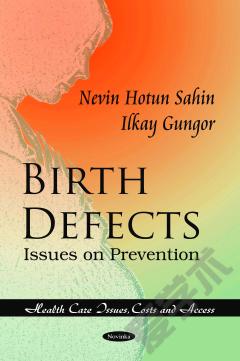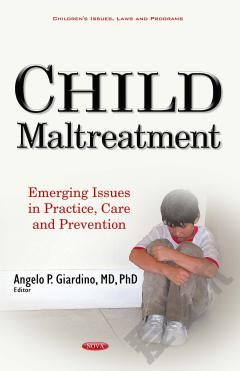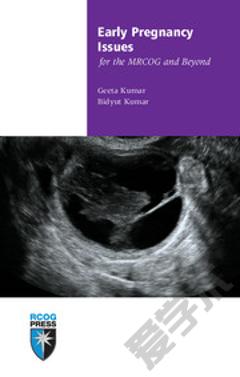Birth Defects: Issues on Prevention and PromotionRUSH
Congenital anomalies including genetic diseases contribute a significant proportion of infant morbidity and mortality and affect many parents and families. Every year 2–6% of newborns are born worldwide with major congenital anomalies and the majority of identified causes of congenital anomalies are nonhereditary and preventable. Theoretically, some of the risk to the developing fetus can be eliminated by avoiding exposure to the agent or manipulating the fetal environment. This new book presents an overview of essential aspects of primary prevention efforts and effecting factors including age and socio-demographical factors, obstetric history, maternal medical conditions, genetic disorders, psycho-social issues, infections and vaccination, teratogenic agents, environmental risk factors and various others.
{{comment.content}}








 京公网安备 11010802027623号
京公网安备 11010802027623号